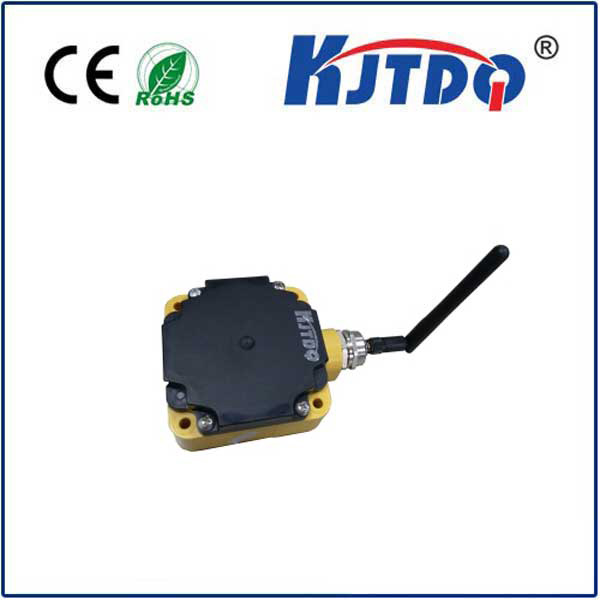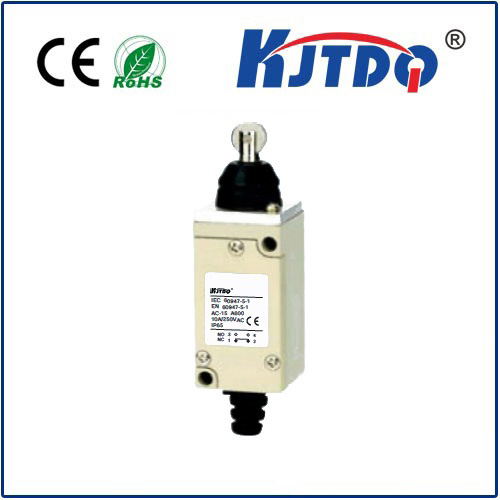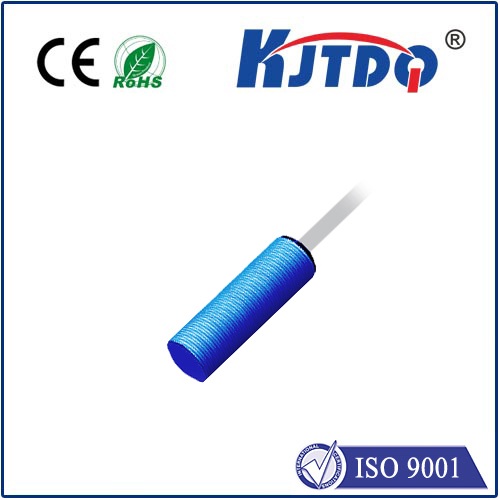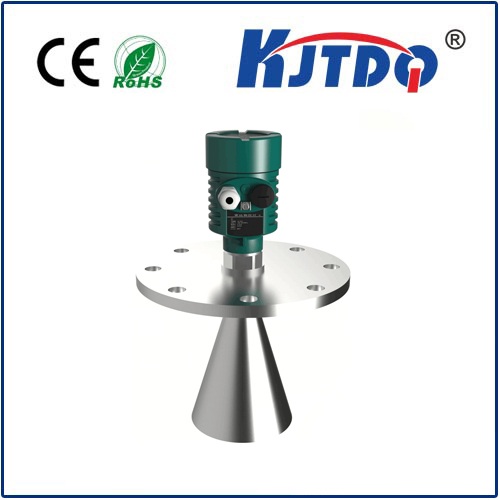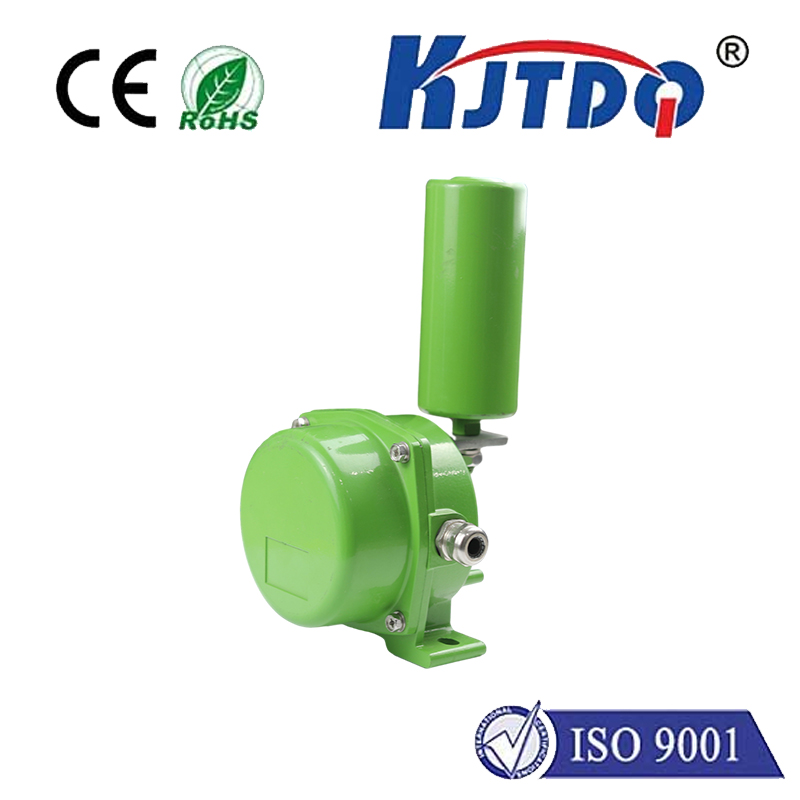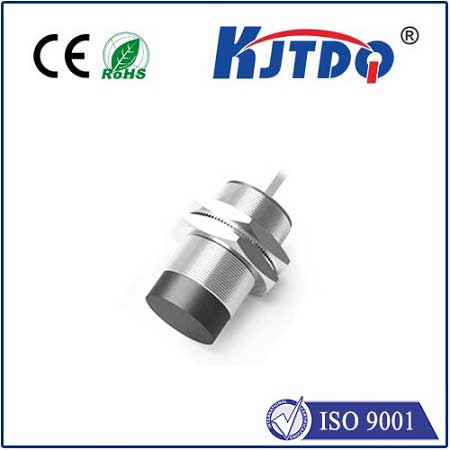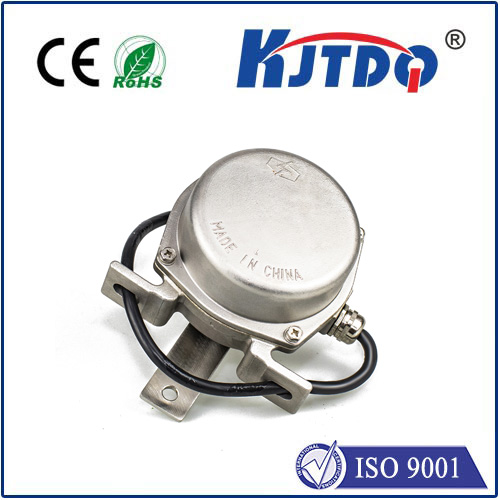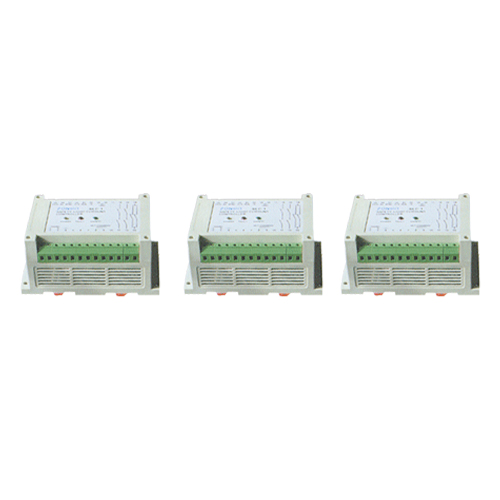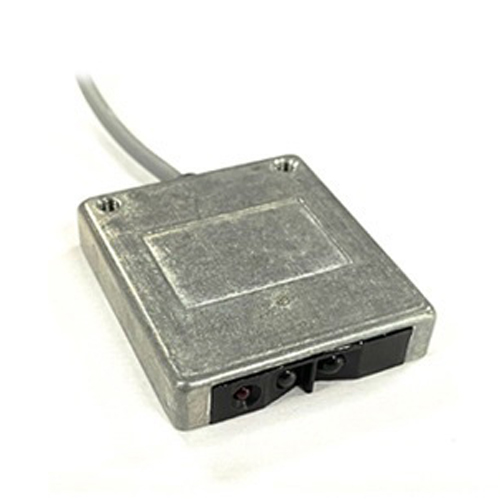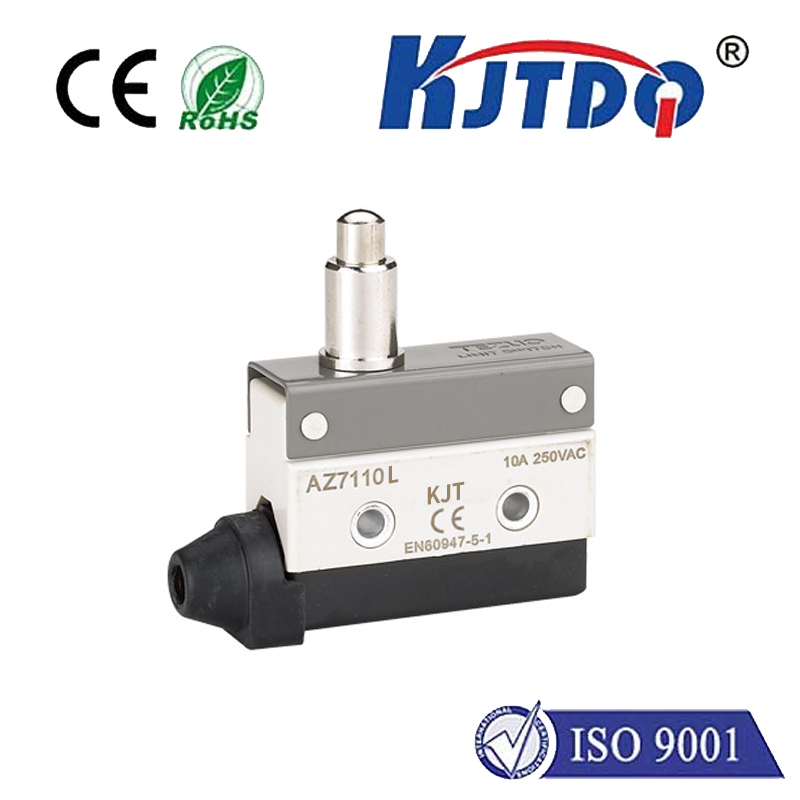

check

check

check

check

check

check

check

check

check

check
Title: The Importance of High Temperature Proximity Switches in Industrial Automation
In today's rapidly evolving industrial landscape, the need for reliable and efficient control systems is more critical than ever. Among the various components that make up these systems, high temperature proximity switches play a crucial role in ensuring the safe and smooth operation of complex machinery and equipment. In this article, we will explore the importance of high temperature proximity switches in industrial automation, their working principle, and how they differ from conventional switches.
Section 1: The Role of High Temperature Proximity Switches in Industrial Automation
High temperature proximity switches are designed to operate in hazardous environmental conditions, such as high temperatures, oil, and dust. These switches are used in various industrial applications where safety and reliability are paramount, including welding, combustion, and gas turbines. They provide an essential level of protection by detecting and interrupting the electrical current when the switch's contacts become contaminated or damaged. This ensures that the machinery and equipment can continue operating uninterrupted even in harsh conditions, minimizing downtime and preventing potential accidents.
Section 2: Working Principles of High Temperature Proximity Switches
The working principle of high temperature proximity switches lies in their ability to detect and respond to changes in electrical resistance. When the switch's contacts come into contact with a foreign object, such as dirt or moisture, the electrical resistance between the contacts increases significantly. This change in resistance triggers a signal that is sent to the control system, alerting it to the malfunctioning component. The switch then initiates an automatic shutdown or reset to prevent further damage and ensure the safety of the system.
Section 3: Differences Between High Temperature Proximity Switches and Conventional Switches
While both high temperature proximity switches and conventional switches serve similar purposes, there are several key differences between them. One of the most significant differences is their operating temperature range. High temperature proximity switches can operate reliably at temperatures ranging from -50°C to 350°C, making them suitable for use in harsh environments such as furnaces and ovens. In contrast, conventional switches typically have a lower operating temperature range and may not be able to withstand extreme temperatures without damage.
Another difference is their design and construction. High temperature proximity switches are typically made of materials that can withstand exposure to high temperatures and chemicals, such as metal alloys and ceramics. This makes them ideal for use in applications where contamination is likely to occur, such as in welding and combustion processes. In contrast, conventional switches may be made of materials that cannot withstand these conditions, leading to premature failure or damage to the system.
Conclusion
In conclusion, high temperature proximity switches play a crucial role in ensuring the safe and efficient operation of industrial automation systems. Their ability to operate reliably in harsh environments, withstand high temperatures, and detect foreign objects allows them to provide vital protection against potential malfunctions and accidents. Understanding the working principles and differences between high temperature proximity switches and conventional switches is essential for selecting the right solution for your specific application.
